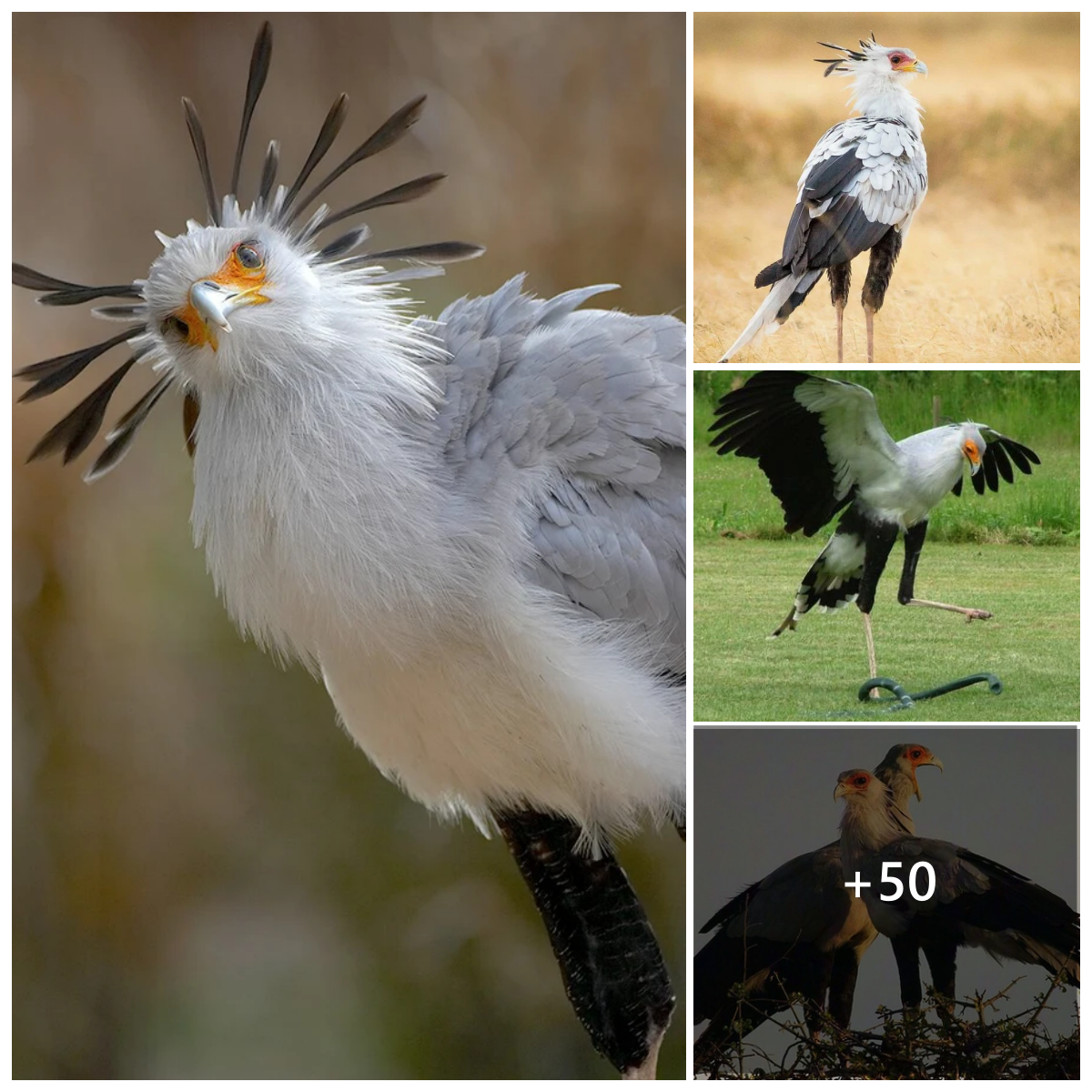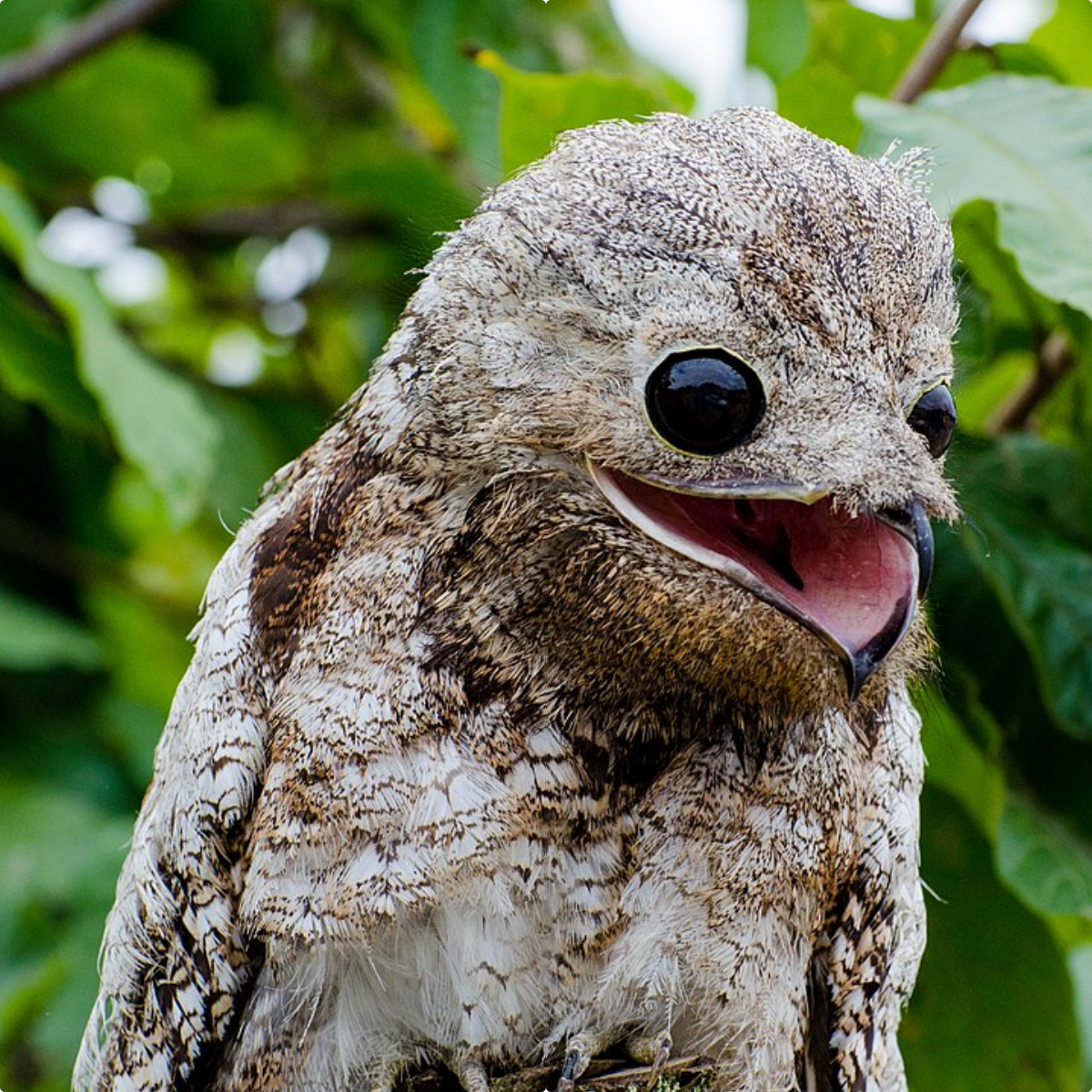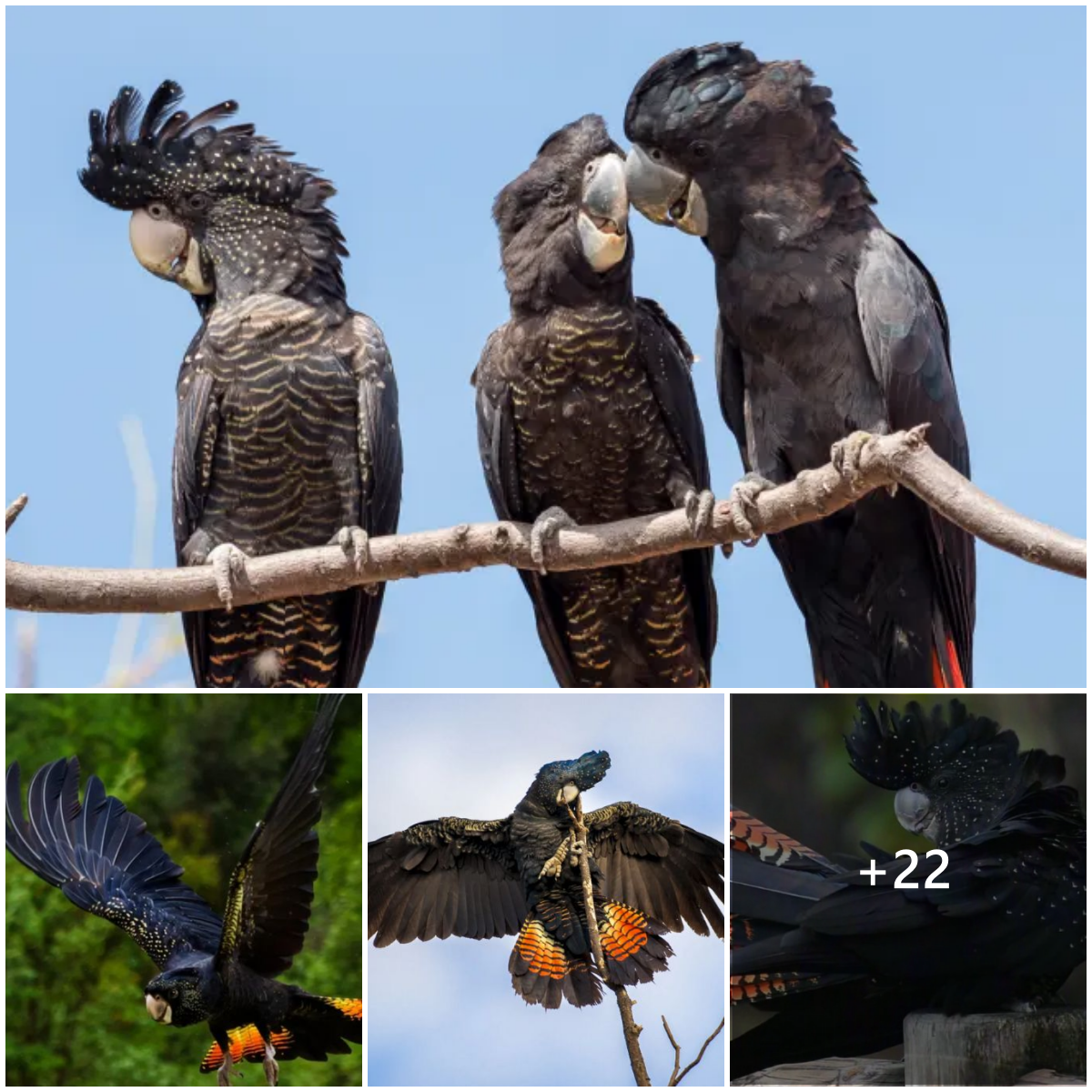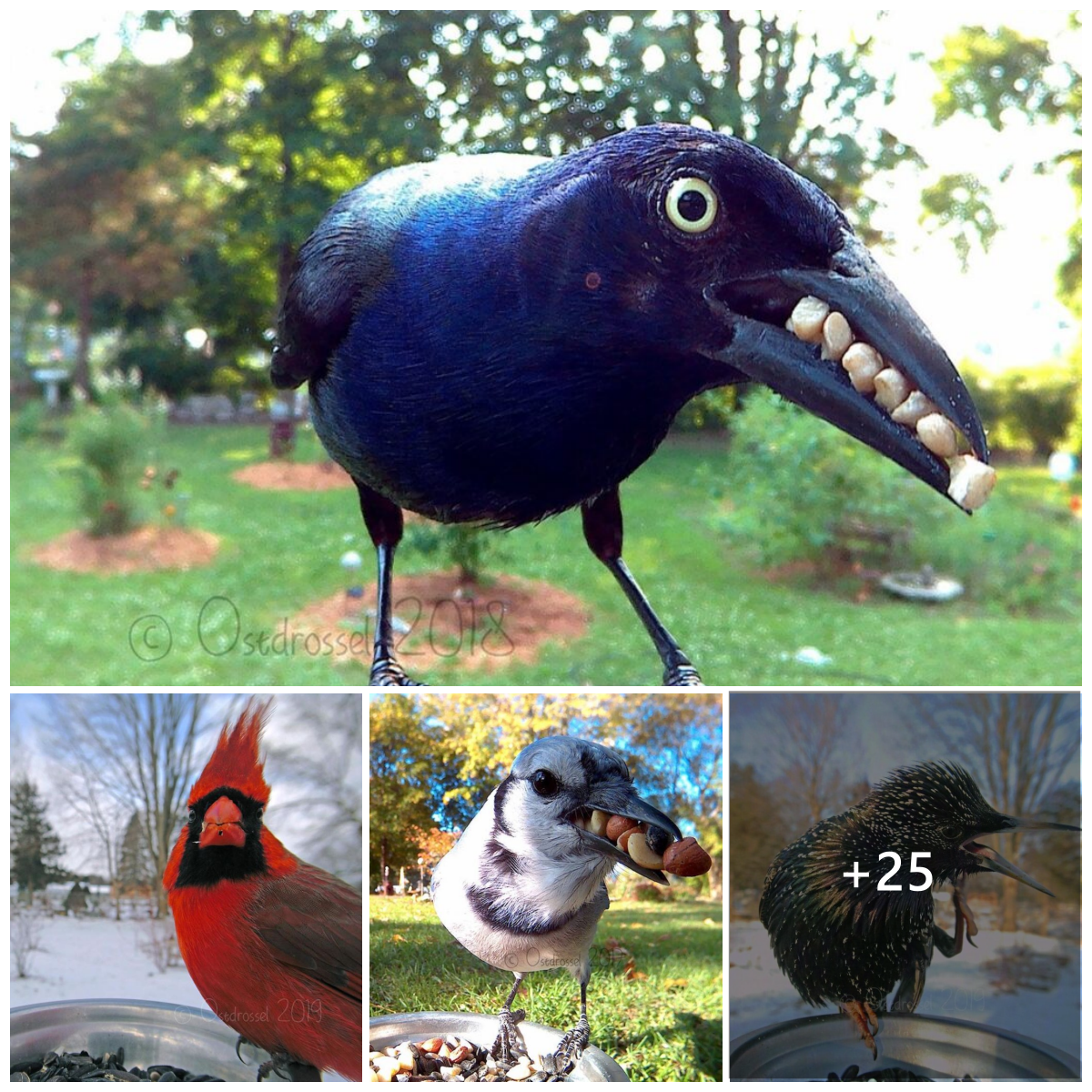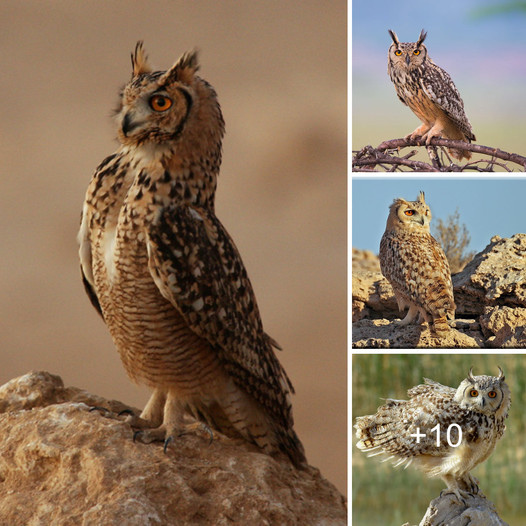
For over 2,000 years, Andean condors have been nesting — and pooping — in the same cliffside grotto high in the Andes. This gargantuan pile of guano is now providing an unprecedented peek deep into the birds’ past, revealing a surprising fidelity to raising chicks there even as the region changed dramatically.
Analyses of the deposit show that the condors overhauled their diet after European colonization of the Americas. The birds also practically abandoned the site for a millennium, possibly thanks to centuries of erupting volcanoes, researchers report May 3 in Proceedings of the Royal Society B.

Andean condors (one shown) are one of the largest flying birds in the world. One population has returned to the same cliffside nest, generation after generation, for thousands of years.
“A material that could easily be ignored or discarded as waste can actually teach us quite a bit about how populations, communities and ecosystems respond to environmental change,” says Rachel Reid, a paleoecologist at Virginia Tech in Blacksburg who was not involved in the research.
With a wingspan of over three meters and the heft of a toddler, Andean condors (Vultur gryphus) are the largest birds of prey. Found in South America’s Andes Mountains and along the western coastline of the continent, the condors are also threatened with extinction. Only about 10,000 birds remain, and their numbers are declining.
Efforts to protect them hinge on understanding their behavior and ecology. But studying Andean condors can be challenging: The birds spend most of their time on the wing in remote mountain areas, which makes them difficult to capture and monitor, says paleoecologist Matthew Duda of Queen’s University in Kingston, Canada.
But in 2014, Duda’s colleagues found a condor nest in Argentina’s Nahuel Huapi National Park, tucked in a cliffside nook that turned out to be a ripe source of information. Researchers hiked an hour from the nearest road and rappelled 10 meters down along the cliff just to reach the nest. Unlike most condor nest sites, this one was sheltered from rain and snow. Instead of washing away, the droppings of successive breeding pairs built up layer upon layer, creating a dense, pale mound.
Information in the preserved poo provided the “perfect opportunity for us to go back in time,” Duda says.
The researchers carved a 25-centimeter-deep slice out of the guano pile. DNA and ratios of specific chemicals in the poop hinted at what the condors ate over time. Other chemicals such as sulfur and potassium as well as preserved algae revealed changing environmental conditions.
Chemical dating of the samples divulged that the oldest layers in the deposit were at least 2,200 years old. That the condors were using this nest location for so long was “extremely surprising,” Duda says. Most species of birds return to the same area to raise young, but rarely the exact same nest, if ever. “If they have been using the same nest and keep coming back over and over and over again, it implies that where these birds are nesting is a super important part of their ecology and their behavior,” he says.
The rate at which feces accumulated slowed drastically from 1,650 to 650 years ago, dropping from 0.08 cm per year to 0.003 cm per year. That slowdown suggests condors largely left the site for a millennium, the researchers say. Around the same time, nearby volcanoes went through a volley of eruptions. Heavy ash that would have blanketed the region’s vegetation could have prompted herbivores to move away, reducing the availability of carcasses for the condors to feed on, Duda and colleagues suspect. The birds may have glided away to scavenge in greener pastures and returned to the area after the volcanic paroxysms ceased.
Similar connections between eruptions and declines in bird populations have previously been documented in guano records, says Dulcinea Groff, a paleoecologist at the University of Wyoming in Laramie who was not involved in the new work. For instance, ancient excrement has linked dips in Gentoo penguin populations to volcanic strife (SN: 4/12/17).
 Andean condors (chick shown) have frequented the same cliffside nest in Argentina for more than 2,000 years. Each generation has contributed to the formation of a ring-shaped guano deposit that is now giving scientists an unprecedented look at the condors’ ecological history.LORENZO SYMPSON
Andean condors (chick shown) have frequented the same cliffside nest in Argentina for more than 2,000 years. Each generation has contributed to the formation of a ring-shaped guano deposit that is now giving scientists an unprecedented look at the condors’ ecological history.LORENZO SYMPSON
The condor guano also reveals a major diet shift, Duda and colleagues say. Prior to European colonization of South America, the birds primarily scavenged the carcasses of beached whales and some native mammals like llamas and guanacos. But in recent centuries, livestock like sheep and cattle have made up the bulk of their diet.
And unlike modern condors, those that lived many centuries ago didn’t have elevated lead and mercury levels in their bodies. The toxic metals can accumulate in scavengers that eat carcasses shot with lead ammunition (SN: 6/26/12). Scavengers excrete some of the metals in their droppings, which can then be detected by scientists. The finding helps confirm that heavy metal contamination is a recent phenomenon.

The research “gives us a much longer timeline to understand what the natural variability is in a population,” Duda says. Since this study is a snapshot of just one nest, he and colleagues plan on collaborating with other researchers to find similar condor nests to see whether the same patterns written in guano emerge.
In the meantime, the condors’ apparent loyalty to this very specific nest site — even potentially through centuries of volcanic mayhem — highlights just how crucial the preservation of such sites may be for their successful conservation, Duda says.
